 Today I received an announcement about a Call for Papers for the upcoming 2008 Space Elevator Conference (’08 SEC):
Today I received an announcement about a Call for Papers for the upcoming 2008 Space Elevator Conference (’08 SEC):
The Space Engineering and Science Institute Presents
2008 Space Elevator Conference
Redmond, Washington, USA
Sponsored by Microsoft Corporation
Black Line Ascension and Industrial Nano
Call for Presentations and Papers
The 2008 Space Elevator Conference is a three day conference to be held in Redmond, Washington at the Microsoft Conference Center on July 18-20, 2008. The conference, focusing on all aspects of Space Elevator development, will engage an international audience of scientists, engineers, educators, managers, entrepreneurs, enthusiasts and students. This conference will feature topical discussions in all of the Four Pillars of Space Elevator Development: Science/Technical, Political/Social, Legal, and Economic. In addition, we anticipate technical and speculative presentations on the topics mentioned below. We invite you to present a paper on a topic of your interest.
Conference to include:
- Space Elevator Overview Presentation – the popular conceptual design
- Space Elevator Impact – transformations enabled by the SE, including exploration, using space resources to solve problems here on Earth, extraterran bases and colonization
- Roadmap Workshop – focusing on the four pillars of development, get engaged!
- Presentations on the Space Elevator – design, construction, deployment and operation
- Shotgun Science Session – science ideas not ready for prime time: rapid sequence, 5 min
Abstract and Presentation Guidance
Abstracts must be in English, one page or less, and summarize a presentation suitable for the conference. We plan on collecting presentations in PowerPoint or PDF format, and to offer them for sale on CD after the conference. In addition we encourage, but do not require, authors to submit papers, in pdf format, that will also be included on the CD. The nominal length of the final paper should be about 6-10 pages. Abstracts will be evaluated as they are received and authors will be notified of acceptance. The preferred procedure and format for abstract submittals for this conference is given on our web site: http://www.SpaceElevatorConference.org.
For all submittals, please include the title, authors and affiliations, mail address, e-mail, and phone number of the corresponding author, and up to 10 key words. Abstracts are due by April 22, 2008. All acceptance notices will be sent by May 07, 2008. Final drafts of the presentations and any accompanying papers, in specified formats will be due one week before the conference, July 11, 2008.
2008 SPACE ELEVATOR CONFERENCE abstracts and technical program inquiries to:
Technical Chairman:
Dr. Martin Lades
hml [AT] SpaceElevatorConference.org
(925) 606-9756
And, as noted above, there is now an Official Website for the Conference.
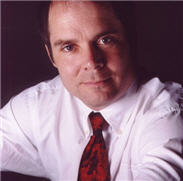 As noted in some recent news reports, this coming Friday, April 4th, at 6:30pm, Dr. Brad Edwards will be giving a presentation entitled “Extreme Engineering: The Space Elevator”.
As noted in some recent news reports, this coming Friday, April 4th, at 6:30pm, Dr. Brad Edwards will be giving a presentation entitled “Extreme Engineering: The Space Elevator”.

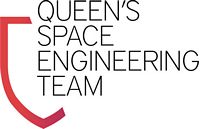 Jonathan Boulanger, President of the
Jonathan Boulanger, President of the 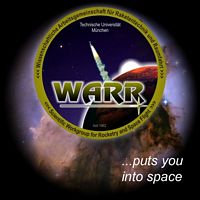 A couple of weeks ago, I
A couple of weeks ago, I 

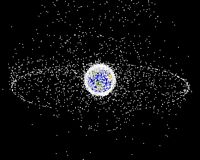
 Today I received an announcement about a Call for Papers for the upcoming 2008 Space Elevator Conference (’08 SEC):
Today I received an announcement about a Call for Papers for the upcoming 2008 Space Elevator Conference (’08 SEC):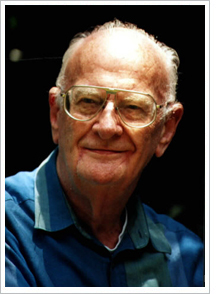 Today we received the very
Today we received the very  On March 18th, 1965, Soviet Cosmonaut Alexsei Leonov became the first human to ‘walk’ in space. What does this have to do with the Space Elevator? Lots…
On March 18th, 1965, Soviet Cosmonaut Alexsei Leonov became the first human to ‘walk’ in space. What does this have to do with the Space Elevator? Lots… I am informed by
I am informed by  Finally, the
Finally, the 
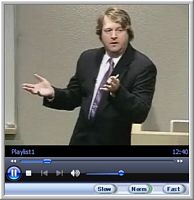
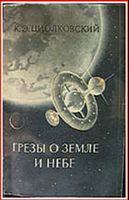
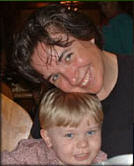 Most of you know of or have heard of Liftport – the company that audaciously went into business to build a Space Elevator. The company was composed of some occasionally paid people and many volunteers – people who worked on this project because they believed in the dream.
Most of you know of or have heard of Liftport – the company that audaciously went into business to build a Space Elevator. The company was composed of some occasionally paid people and many volunteers – people who worked on this project because they believed in the dream.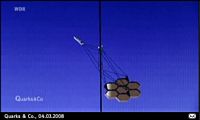
 On last Sunday’s ‘The Space Show’, Dr. David Livingston interviewed NASA’s Ken Davidian (an event I previewed
On last Sunday’s ‘The Space Show’, Dr. David Livingston interviewed NASA’s Ken Davidian (an event I previewed  (You can access this episode of the Space Show from their
(You can access this episode of the Space Show from their  The
The 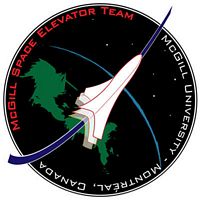




 I received this email from Bert Murray, captain of one of the new entries into this year’s Space Elevator Games, the
I received this email from Bert Murray, captain of one of the new entries into this year’s Space Elevator Games, the